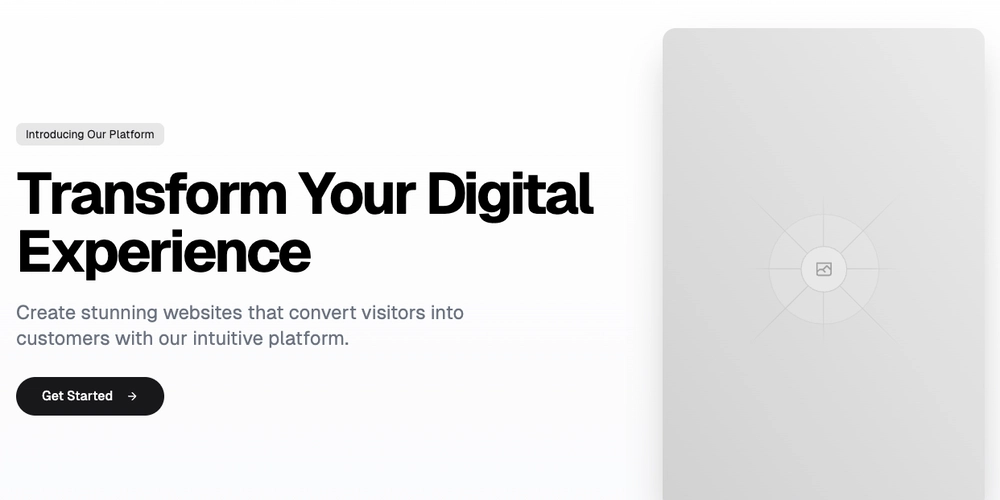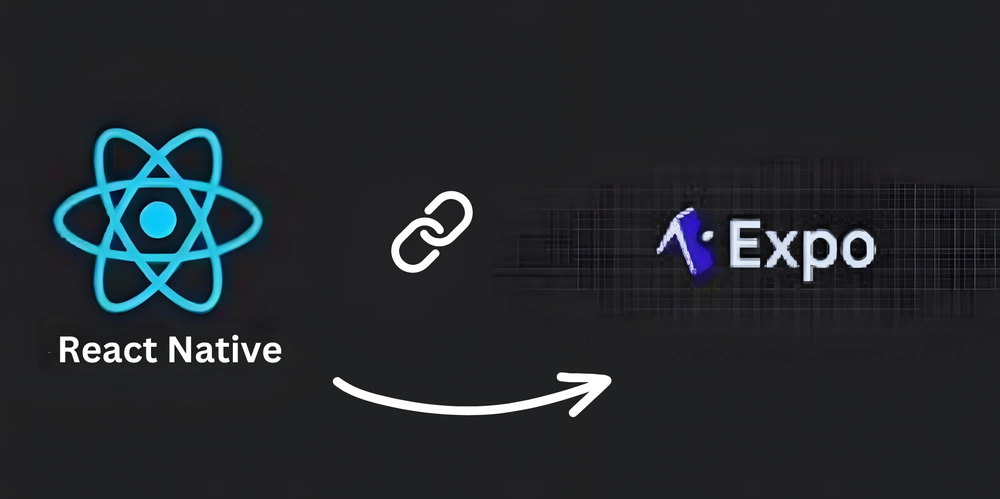Managing Multiple WordPress Sites: Tools and Strategies for Agencies
Managing a single WordPress site is relatively straightforward. But when you’re an agency handling multiple WordPress websites for various clients, things can get chaotic—fast. Security updates, plugin conflicts, backups, uptime monitoring, and client reporting all demand time and precision. In this post, we’ll walk through the best tools, strategies, and workflows to simplify and streamline the management of multiple WordPress sites efficiently and professionally. Why Managing Multiple Sites Can Be a Challenge For agencies, juggling several WordPress websites means: Constant updates: Themes, plugins, and core files need frequent attention. Security risks: One outdated plugin across sites can expose them all. Performance monitoring: Uptime, speed, and user experience must be tracked. Client demands: Regular reports and updates are often required. Scaling complexity: As clients grow, so does your maintenance workload. That’s where centralized management tools and smart strategies come in. Top Tools for Managing Multiple WordPress Sites ManageWP ManageWP is one of the most popular all-in-one dashboards for managing multiple WordPress sites. Key Features: One-click updates for plugins/themes Scheduled backups (with cloud storage) Uptime and performance monitoring Client reports SEO and security scans Why Agencies Love It: Its intuitive interface, automation features, and pay-as-you-go pricing make it great for scaling with clients. InfiniteWP Tailored for agencies and developers, InfiniteWP runs from your own server, offering more control. Key Features: Bulk plugin/theme/core updates Backup and restore White-labeling for client reports User management Malware scans (premium) Why It Stands Out: It’s self-hosted, so you're not dependent on third-party platforms. MainWP MainWP is an open-source solution that runs from a WordPress dashboard and connects to multiple sites. Key Features: Central dashboard plugin Extensive extensions library Bulk updates, backups, and performance checks Security tools (Sucuri, Wordfence integration) White-label support Agency Advantage: Highly customizable with no per-site fees—ideal for large portfolios. WP Remote Developed by BlogVault, WP Remote is known for secure backups and site monitoring. Key Features: Offsite backups Malware scanning and cleanup One-click updates Staging environment integration Notable Benefit: Their premium plans include security and backup features powered by BlogVault’s infrastructure. Jetpack Manage From Automattic, Jetpack Manage allows remote management of WordPress sites connected via Jetpack. Key Features: Centralized dashboard on WordPress.com Basic updates and monitoring Downtime alerts Plugin management Best For: Agencies managing mostly Jetpack-enabled or WooCommerce sites. Best Practices and Strategies for Managing Multiple WordPress Sites ✅ 1. Standardize Your Stack Use a consistent set of: Plugins Themes Hosting providers This ensures compatibility, reduces troubleshooting time, and makes onboarding new team members easier. ✅ 2. Create a Maintenance Workflow Use task management tools (like Trello or Asana) to establish a regular routine: Weekly: Update plugins/themes, security scan Monthly: Performance audit, backup verification Quarterly: Plugin review, user role audit Document everything in SOPs (Standard Operating Procedures). ✅ 3. Automate Everything You Can Automation reduces human error and saves time. Use tools for: Scheduled backups Auto-updates for safe plugins Auto-generated client reports Set up notifications for failures or critical issues only. ✅ 4. Centralize Client Reporting Use tools like ManageWP or MainWP to generate monthly or weekly performance reports. Include: Uptime data Backup status Security checks Update logs White-label reports add a layer of professionalism that builds trust. ✅ 5. Secure Every Site—Without Exceptions For every site: Use SSL Implement two-factor authentication Limit login attempts Schedule malware scans Disable XML-RPC if not needed Consider WordPress security plugins like Wordfence, iThemes Security, or Sucuri. ✅ 6. Use Version Control for Custom Sites For sites with custom themes or plugins, use Git to track changes. Connect your GitHub or Bitbucket repositories to staging environments for smoother deployments. ✅ 7. Offer Tiered Maintenance Plans If you’re not already offering ongoing maintenance packages, now is the time. Create 3-4 tiers with services like: Monthly backups Priority support Performance optimizations Security audits Upsell these plans to your clients—it’s recurring revenue and adds long-term value. ✅ 8. Use a Reliable Hosting Partner Choose hosting that supports: Staging environments Daily backups One-click restore Built-in caching/CDN Expert WordPress support Top managed WordPress hosts for agencies: Kinsta, WP Engine, Flywheel, and SiteGround. Final Thoughts Managing multiple WordPress websites doesn
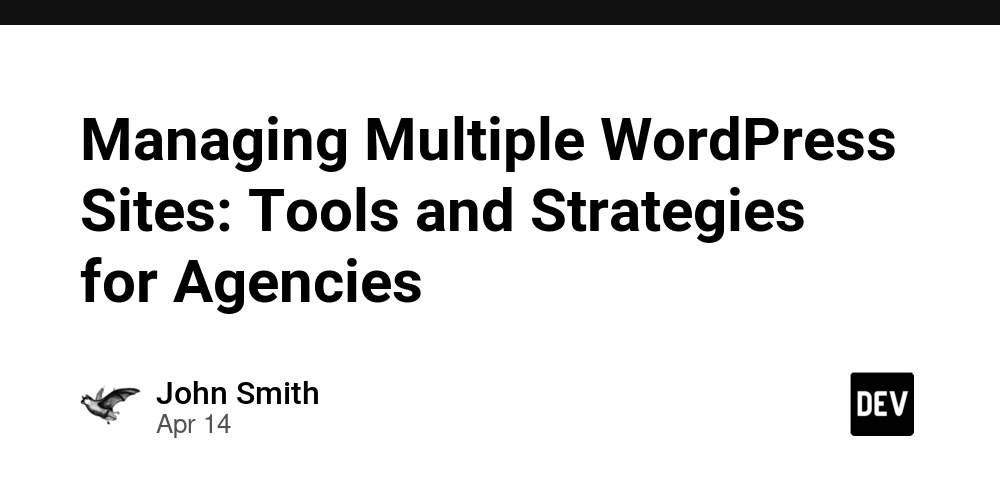
Managing a single WordPress site is relatively straightforward. But when you’re an agency handling multiple WordPress websites for various clients, things can get chaotic—fast. Security updates, plugin conflicts, backups, uptime monitoring, and client reporting all demand time and precision.
In this post, we’ll walk through the best tools, strategies, and workflows to simplify and streamline the management of multiple WordPress sites efficiently and professionally.
Why Managing Multiple Sites Can Be a Challenge
For agencies, juggling several WordPress websites means:
Constant updates: Themes, plugins, and core files need frequent attention.
Security risks: One outdated plugin across sites can expose them all.
Performance monitoring: Uptime, speed, and user experience must be tracked.
Client demands: Regular reports and updates are often required.
Scaling complexity: As clients grow, so does your maintenance workload.
That’s where centralized management tools and smart strategies come in.
Top Tools for Managing Multiple WordPress Sites
- ManageWP ManageWP is one of the most popular all-in-one dashboards for managing multiple WordPress sites. Key Features: One-click updates for plugins/themes
Scheduled backups (with cloud storage)
Uptime and performance monitoring
Client reports
SEO and security scans
Why Agencies Love It: Its intuitive interface, automation features, and pay-as-you-go pricing make it great for scaling with clients.
- InfiniteWP Tailored for agencies and developers, InfiniteWP runs from your own server, offering more control. Key Features: Bulk plugin/theme/core updates
Backup and restore
White-labeling for client reports
User management
Malware scans (premium)
Why It Stands Out: It’s self-hosted, so you're not dependent on third-party platforms.
- MainWP MainWP is an open-source solution that runs from a WordPress dashboard and connects to multiple sites. Key Features: Central dashboard plugin
Extensive extensions library
Bulk updates, backups, and performance checks
Security tools (Sucuri, Wordfence integration)
White-label support
Agency Advantage: Highly customizable with no per-site fees—ideal for large portfolios.
- WP Remote Developed by BlogVault, WP Remote is known for secure backups and site monitoring. Key Features: Offsite backups
Malware scanning and cleanup
One-click updates
Staging environment integration
Notable Benefit: Their premium plans include security and backup features powered by BlogVault’s infrastructure.
- Jetpack Manage From Automattic, Jetpack Manage allows remote management of WordPress sites connected via Jetpack. Key Features: Centralized dashboard on WordPress.com
Basic updates and monitoring
Downtime alerts
Plugin management
Best For: Agencies managing mostly Jetpack-enabled or WooCommerce sites.
Best Practices and Strategies for Managing Multiple WordPress Sites
✅ 1. Standardize Your Stack
Use a consistent set of:
Plugins
Themes
Hosting providers
This ensures compatibility, reduces troubleshooting time, and makes onboarding new team members easier.
✅ 2. Create a Maintenance Workflow
Use task management tools (like Trello or Asana) to establish a regular routine:
Weekly: Update plugins/themes, security scan
Monthly: Performance audit, backup verification
Quarterly: Plugin review, user role audit
Document everything in SOPs (Standard Operating Procedures).
✅ 3. Automate Everything You Can
Automation reduces human error and saves time. Use tools for:
Scheduled backups
Auto-updates for safe plugins
Auto-generated client reports
Set up notifications for failures or critical issues only.
✅ 4. Centralize Client Reporting
Use tools like ManageWP or MainWP to generate monthly or weekly performance reports. Include:
Uptime data
Backup status
Security checks
Update logs
White-label reports add a layer of professionalism that builds trust.
✅ 5. Secure Every Site—Without Exceptions
For every site:
Use SSL
Implement two-factor authentication
Limit login attempts
Schedule malware scans
Disable XML-RPC if not needed
Consider WordPress security plugins like Wordfence, iThemes Security, or Sucuri.
✅ 6. Use Version Control for Custom Sites
For sites with custom themes or plugins, use Git to track changes. Connect your GitHub or Bitbucket repositories to staging environments for smoother deployments.
✅ 7. Offer Tiered Maintenance Plans
If you’re not already offering ongoing maintenance packages, now is the time. Create 3-4 tiers with services like:
Monthly backups
Priority support
Performance optimizations
Security audits
Upsell these plans to your clients—it’s recurring revenue and adds long-term value.
✅ 8. Use a Reliable Hosting Partner
Choose hosting that supports:
Staging environments
Daily backups
One-click restore
Built-in caching/CDN
Expert WordPress support
Top managed WordPress hosts for agencies: Kinsta, WP Engine, Flywheel, and SiteGround.
Final Thoughts
Managing multiple WordPress websites doesn’t have to be overwhelming. With the right tools and a standardized strategy, you can simplify tasks, increase productivity, and focus on growing your agency.
Whether you're managing 5 or 50+ sites, platforms like ManageWP, MainWP, or InfiniteWP help bring order to the chaos—while automation and smart workflows free you up to do more of what you do best.









































































































































































![[The AI Show Episode 144]: ChatGPT’s New Memory, Shopify CEO’s Leaked “AI First” Memo, Google Cloud Next Releases, o3 and o4-mini Coming Soon & Llama 4’s Rocky Launch](https://www.marketingaiinstitute.com/hubfs/ep%20144%20cover.png)















































































































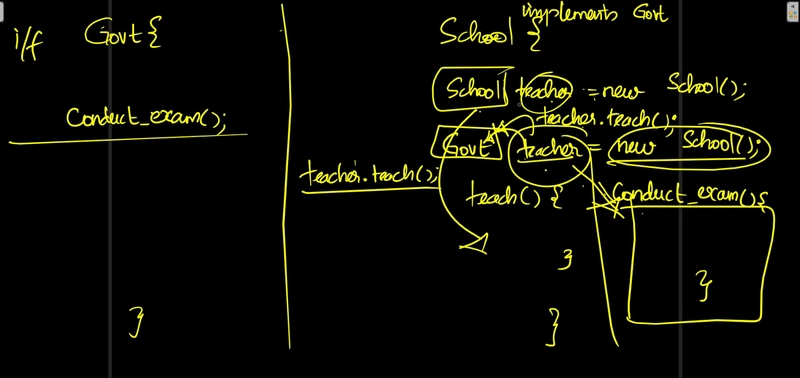
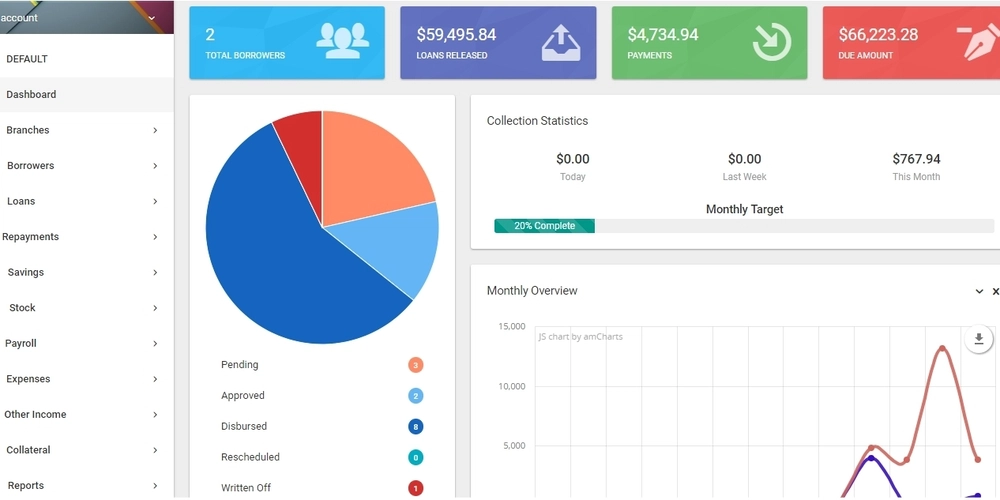











![[DEALS] The All-in-One Microsoft Office Pro 2019 for Windows: Lifetime License + Windows 11 Pro Bundle (89% off) & Other Deals Up To 98% Off](https://www.javacodegeeks.com/wp-content/uploads/2012/12/jcg-logo.jpg)



























![Is this too much for a modular monolith system? [closed]](https://i.sstatic.net/pYL1nsfg.png)






















































































































_Andreas_Prott_Alamy.jpg?width=1280&auto=webp&quality=80&disable=upscale#)
































































































![What features do you get with Gemini Advanced? [April 2025]](https://i0.wp.com/9to5google.com/wp-content/uploads/sites/4/2024/02/gemini-advanced-cover.jpg?resize=1200%2C628&quality=82&strip=all&ssl=1)













![Apple Shares Official Trailer for 'Long Way Home' Starring Ewan McGregor and Charley Boorman [Video]](https://www.iclarified.com/images/news/97069/97069/97069-640.jpg)
![Apple Watch Series 10 Back On Sale for $299! [Lowest Price Ever]](https://www.iclarified.com/images/news/96657/96657/96657-640.jpg)
![EU Postpones Apple App Store Fines Amid Tariff Negotiations [Report]](https://www.iclarified.com/images/news/97068/97068/97068-640.jpg)
![Apple Slips to Fifth in China's Smartphone Market with 9% Decline [Report]](https://www.iclarified.com/images/news/97065/97065/97065-640.jpg)


































































































































